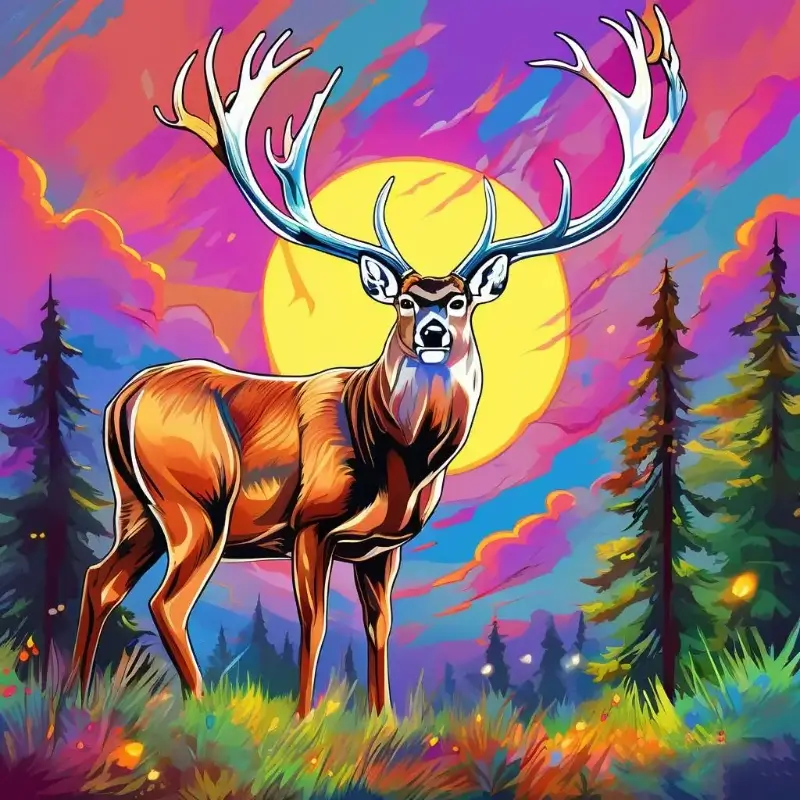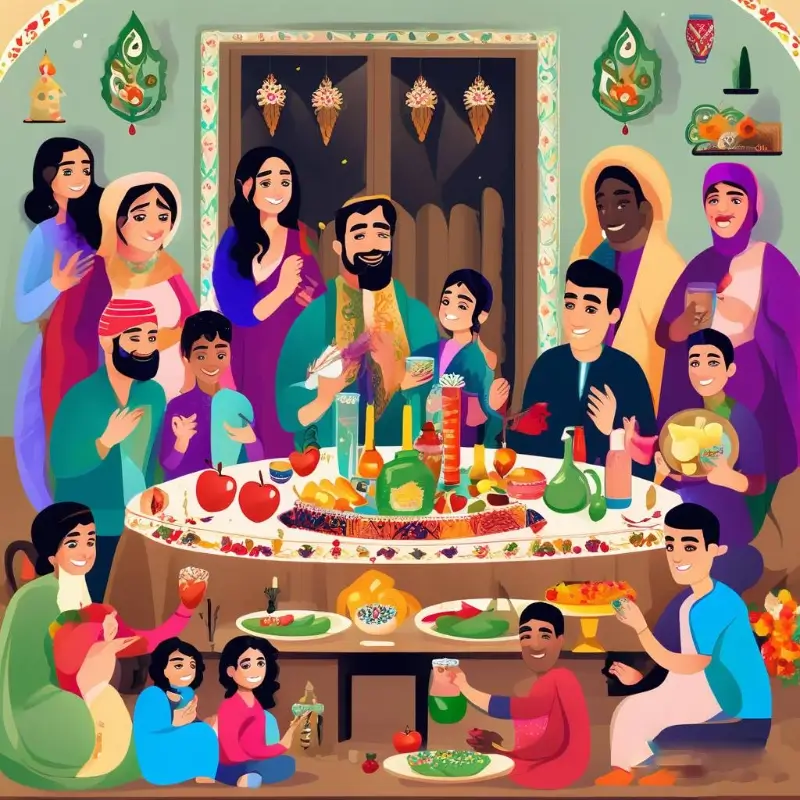why july’s full moon is known as the buck moon?
The term “Buck Moon” for the July full moon is a part of American folklore and Native American traditions, with slightly different meanings in each culture. The name “Buck Moon” comes from the behavior of bucks, which are male deer, during the mating season, known as the rut. In many parts of the United States, July is the peak of the whitetail deer rut in the northern hemisphere.
During this time, bucks often fight with each other to establish dominance and compete for mates. This behavior is particularly pronounced under the full moon, when the increased light might influence their activity patterns. Because the full moon in July typically occurs during the height of the deer rut, early European settlers and later Americans began to refer to this moon as the “Buck Moon.”
Additionally, some Native American tribes have their own names for the July full moon, which often reflect the seasonal changes and activities of animals. For example, the Penobscot tribe of Maine called it the “Green Corn Moon,” symbolizing the time when corn begins to ripen, while the Ojibwe tribe of the Great Lakes region referred to it as the “Bear Moon,” possibly because bears are actively searching for food at this time to fatten up for the coming winter.
The “Buck Moon” name is a way to connect modern observations of nature with the ancient practices and traditions of the land’s original inhabitants. It’s one of many examples of how the full moons throughout the year were named to reflect the rhythms of life on the American continents.



